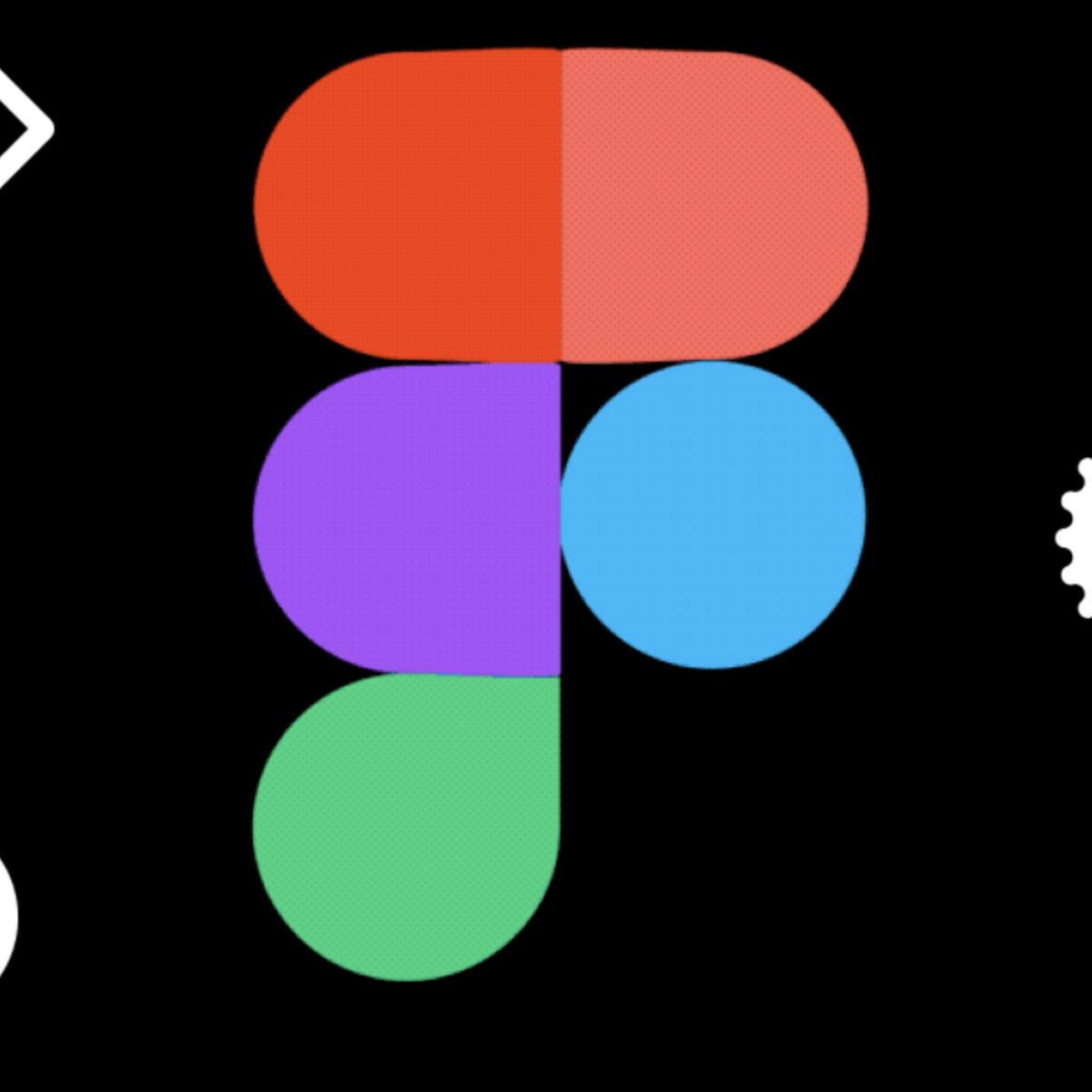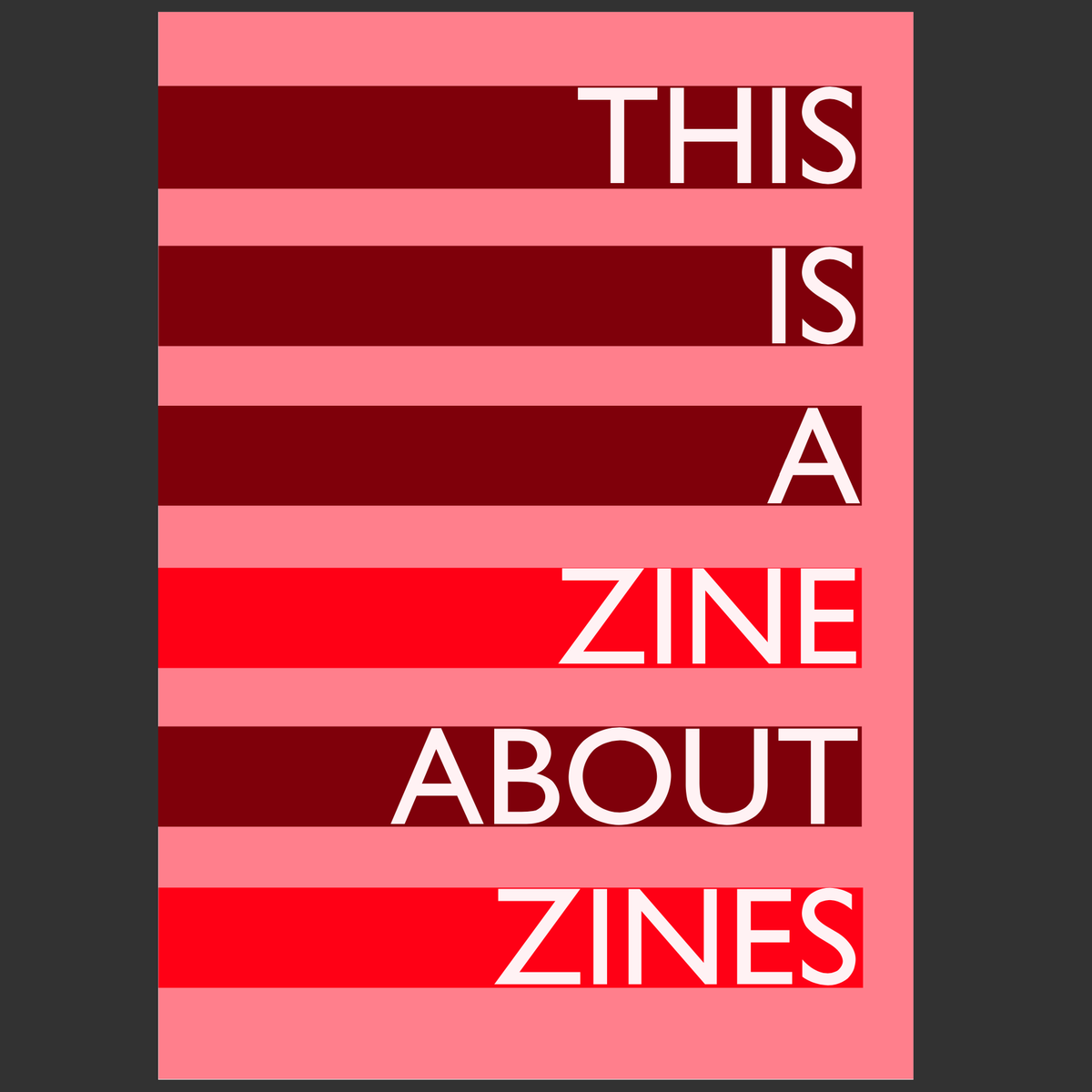Back to Courses









Design And Product Courses - Page 16
Showing results 151-160 of 512

Machine Learning Rapid Prototyping with IBM Watson Studio
An emerging trend in AI is the availability of technologies in which automation is used to select a best-fit model, perform feature engineering and improve model performance via hyperparameter optimization. This automation will provide rapid-prototyping of models and allow the Data Scientist to focus their efforts on applying domain knowledge to fine-tune models. This course will take the learner through the creation of an end-to-end automated pipeline built by Watson Studio’s AutoAI experiment tool, explaining the underlying technology at work as developed by IBM Research. The focus will be on working with an auto-generated Python notebook. Learners will be provided with test data sets for two use cases.
This course is intended for practicing Data Scientists. While it showcases the automated AI capabilies of IBM Watson Studio with AutoAI, the course does not explain Machine Learning or Data Science concepts.
In order to be successful, you should have knowledge of:
Data Science workflow
Data Preprocessing
Feature Engineering
Machine Learning Algorithms
Hyperparameter Optimization
Evaluation measures for models
Python and scikit-learn library (including Pipeline class)
Agile Planning for Software Products
This course covers the techniques required to break down and map requirements into plans that will ultimately drive software production.
Upon successful completion of this course, you will be able to:
- Create effective plans for software development
- Map user requirements to developer tasks
- Assess and plan for project risks
- Apply velocity-driven planning techniques
- Generate work estimates for software products

Build an E-commerce Dashboard with Figma
This course runs on Coursera's hands-on project platform called Rhyme. On Rhyme, you do projects in a hands-on manner in your browser. You will get instant access to pre-configured cloud desktops containing all of the software and data you need for the project. Everything is already set up directly in your Internet browser so you can just focus on learning. For this project, you’ll get instant access to a cloud desktop with Figma pre-installed.
Prerequisites:
In order to be successful in this project, you should be familiar with how to use basic commands on a mac or a PC.
Notes:
- You will be able to access the cloud desktop 5 times. However, you will be able to access instructions videos as many times as you want.
- This course works best for learners who are based in the North America region. We’re currently working on providing the same experience in other regions.

UX Research at Scale: Surveys, Analytics, Online Testing
This UX course will provide an overview of survey methodology from the perspective of UX research. UX surveys typically focus on uncovering user needs, connecting needs to user characteristics, and gaining insight into user attitudes towards systems they use. In this course, learners will learn the basics of UX survey research and conduct a survey of their own design!
Learners will be introduced to techniques for gaining UX insights from large numbers of users, including web analytics, A/B testing, and remote unmoderated studies. We will discuss how these techniques work, when they can be applied, and what can be learned by using them.
What You’ll Learn:
-Learn how web analytics works and how to analyze analytics data
-Understand how to develop A-B tests, before/after, and multivariate experiments
-Learn how to set up and analyze remote unmoderated testing studies
-Analyze and report on large scale user experience studies Learn about the different types and uses of surveys in UX research
-Understand the survey population: when to sample, when to recruit
-Develop a survey instrument that meets your requirements
-Analyze and report on surveys
-Learn to critique user surveys

Build a User Experience (UX) Map in Miro
By the end of this project, you will be able to build a user experience map to visualize the entire end-to-end user experience that the average user goes through to accomplish a goal so that your organization can gain a baseline understanding of experience before taking a product or service live.
To do this you will gain hands-on experience exercising empathy to accurately document the stages, actions, emotions, and thoughts of the user while assessing opportunities and overall qualities of the customer experience in the Miro online visual collaboration platform for teamwork.
Note: This course works best for learners who are based in the North America region. We’re currently working on providing the same experience in other regions.

Create a Database with LibreOffice Base
By the end of this project you will have used LibreOffice Base to create a relational database table and populate it with rows of data. Base provides features that allow you to work with databases using wizards that lead you through the processes step-by-step. It also provides methods of working with database components directly, giving you the additional measure of control and flexibility you need to create a custom-designed database.
Note: This course works best for learners who are based in the North America region. We’re currently working on providing the same experience in other regions.

Visual Communication through zines using Scribus & Issuu.com
By the end of this project, you will learn how to use Scribus to create a short digital zine. Scribus v 1.4.8 is a desktop publishing software which is currently providing a valid Open Source alternative to the mainstream desktop publishing software, such as Indesign. It is a valuable option for those who want to broaden their software knowledge and train their skillset in terms of editorial production practising with this free tool available to be downloaded to any desktop. Digital zines are the current evolution of traditional zines, both recognised as powerful tools of Visual Communication. Originally born as a form of self-expression, zines are characterised by small-circulation and self-publishing, peculiarities that give traditional zines a distinctive “Lo-Fi” aesthetic. Their contents can be original or appropriated texts and images. Zines aim to divulge art, cultural or social issues, abstract concepts or in the case of “fanzines” to talk about specific phenomena of which the authors are enthusiasts. Having a wider circulation due to the fact that they can be printed or shared online, Digital zines nowadays keep the purposes of traditional ones plus they are largely used as digital portfolios for practitioners or companies, event and product catalogues, instructional or educational manuals, marketing and editorial material. As a starting point to explore the potentialities of digital zines, the learners can become familiar with this form of Visual Communication, in order to reach a broader public to whom they share their contents.

Create social media content with Prezi
This project will allow you to discover Prezi, an online platform for designing presentations and marketing content of all kinds. You will discover the features of Prezi and will be able to create content for your social networks quickly and easily.
This project is for people who would like to learn how to use Prezi to create social media digital marketing content to boost sales and brand awareness.
Interaction Design Capstone Project
Apply the skills you learned during the sequence of courses -- from needfinding to visual design -- as you redesign a new interface, service, or product for your Interaction Design Capstone Project. We’re working with some exciting design teams in Silicon Valley across multiple industries to develop real-world design challenges for this final project. Upon completion, you will have a polished capstone project you can share in your design portfolio to highlight your work and document your design process.

Introduction to Programming and Animation with Alice
This course is an introductory programming course that combines programming
with animation, using the programming environment Alice. You will first
learn to tell 3D animated stories by programming Aliceʼs 3D objects. In
particular you will learn how to set up a scene, to tell a story using
storyboarding, to move the camera, and how to move and rotate objects. You
will learn programming concepts such as writing your own instructions,
repetition, making decisions, and grouping similar objects together. In
the second half of the course you will learn how to combine the topics you
have learned with event programming to build 3D games you and your friends
can play.
Popular Internships and Jobs by Categories
Browse
© 2024 BoostGrad | All rights reserved


